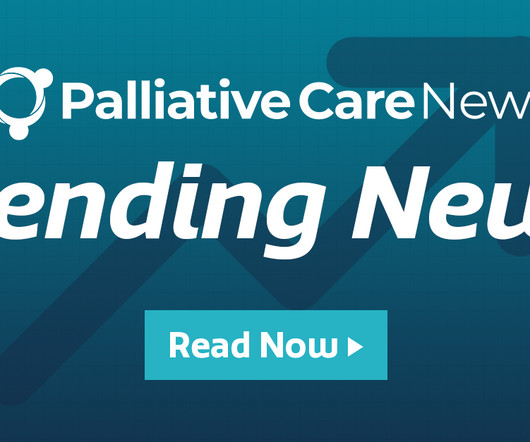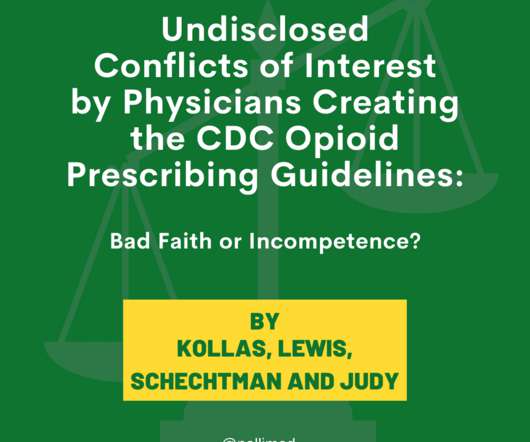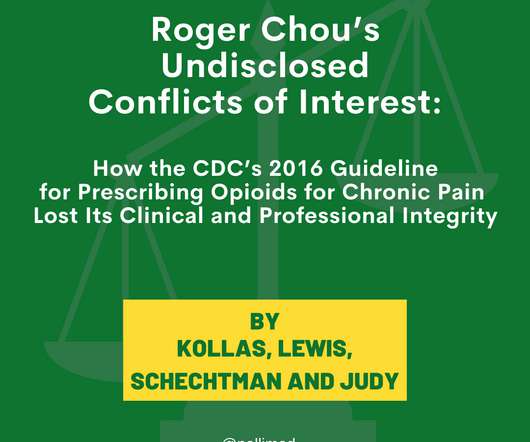How Regulation Could Shape the Future of Telehealth in Palliative Care
Hospice News
OCTOBER 25, 2023
They want to see if there’s any excessive use of medical care because of telehealth. Expanding the regulatory parameters of telemedicine could benefit underserved rural communities in particular, according to Dr. Samyukta (Sam) Mullangi, medical director of Thyme Care. During the pandemic, the U.S.











Let's personalize your content